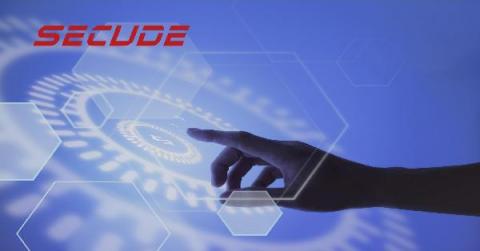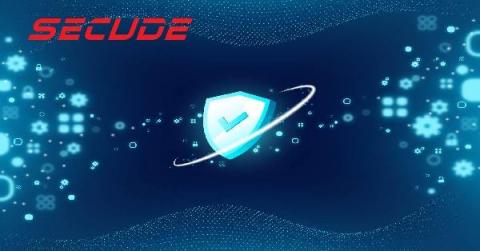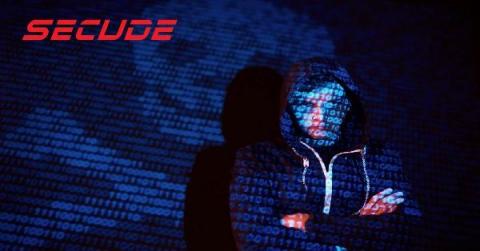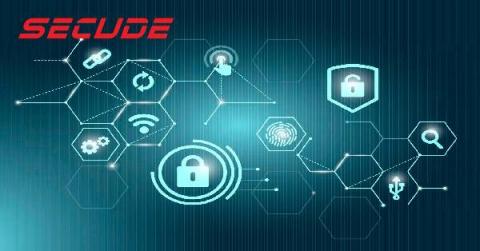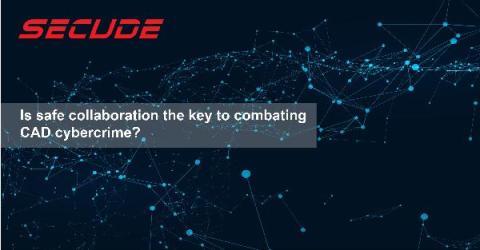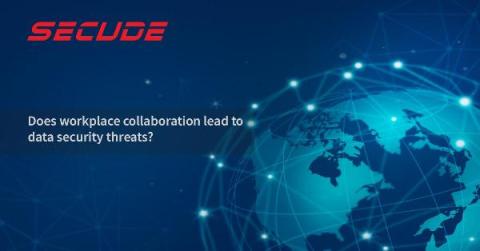Why the New Executive Order will result in wider rollout of Zero Trust Adoption
The zero trust model exists because of the volume and diversity of cyberthreats on the global landscape. Zero trust is a set of coordinated system management practices plus design principles for modern IT systems. The Biden administration’s executive order on Improving the Nation’s Cybersecurity names zero trust as an essential component in hardening federal agencies against internal and external threats to national security.



